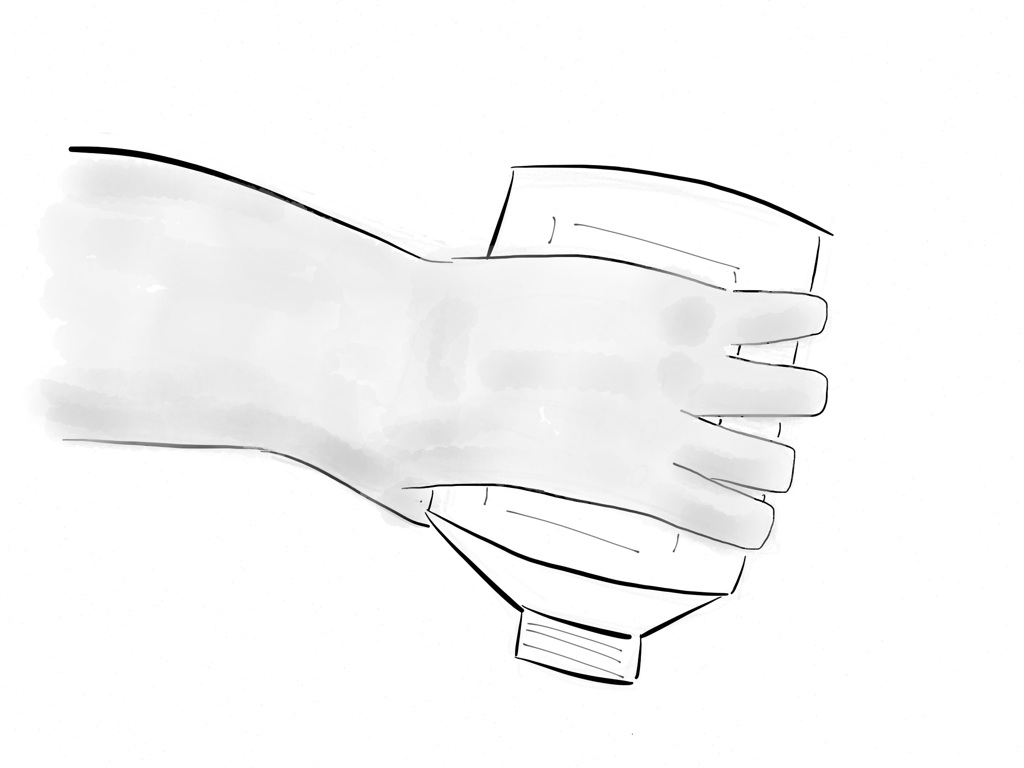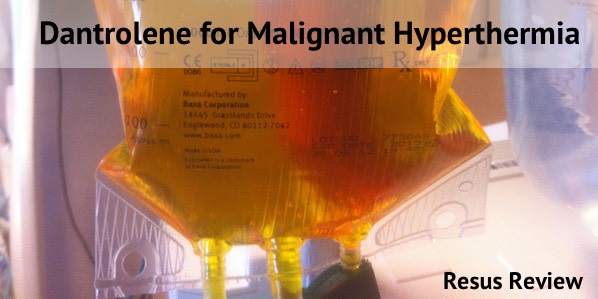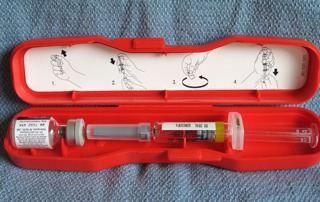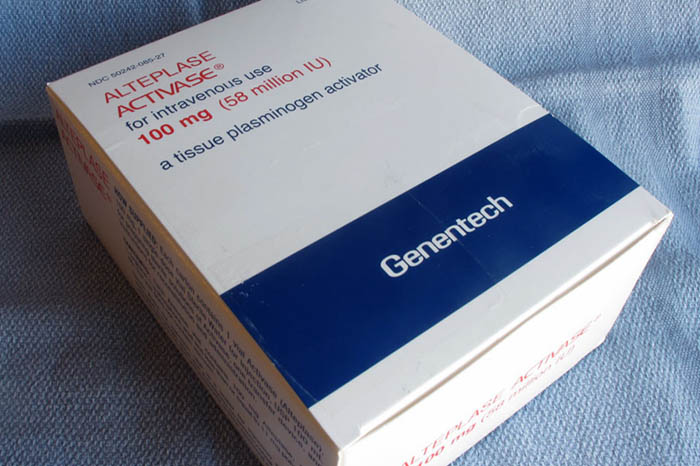Some of the newest shortages that physicians are facing is droperidol and atropine. At my institution droperidol is widely used (over 900 doses per month) for treatment of acute migrainous headaches, antiemetic, and agitation. Atropine is a nonselective muscarinic acetylcholinergic antagonist and has uses in the treatment of bradycardia, hypersalivation, bronchoscontroctopn, and organophosphate poisoning. Below we have discuss some alternatives to these shortages.
Atropine 1 mg/mL supplies are nearly depleted
- Would suggest reserving remaining atropine 1 mg/mL for pediatric IM doses.
- Alternative product is atropine 0.4 mg/mL.
- Be careful with dosing if using this lower concentration than normal.
- Glycopyrrolate (0.2 mg/mL vials) can be used as an alternative to atropine for excessive salivation.
- Glycopyrrolate cannot be mixed within the same syringe as ketamine.
- Glycopyrrolate peds and adult dosing IV or IM: 0.004 mg/kg (4 mcg/kg); maximum 0.2 mg/dose.
- Current evidence does not support pre-treating with atropine or glycopyrolate for ketamine sedation, and that the medications can be given at the time of the occurrence of hypersalivation should it occur (2% of cases).
Substitutions for exhausted Droperidol supplies
- Use of IM olanzapine and any IV/IM benzodiazepine within one hour of each other has resulted in excessive sedation, cardiorespiratory depression, and death. The FDA has issued a regulatory warning on the concurrent use (they have not issued a Black Box Warning). Post-marketing studies up to September 2005 indicated there may be a relationship between administration of injectable benzodiazepine and IM olanzapine. Of the 29 fatalities reported with IM olanzapine, 26 of these deaths were attributed to cardiorespiratory causes and 19 of these patients were on concurrent benzodiazepines, 6 of these having received injectable benzos. Although the suggested mechanism of this interaction is unclear, olanzapine’s alpha-1 antagonist properties may be a contributing factor. When using IM olanzapine and injectable benzos, it is recommended to have patients on respiratory and cardiac monitoring.
- IV Olanzapine is not an FDA approved route and has not been approved by Therapeutics Committee.
- IM compatibility of haloperidol (Haldol), lorazepam (Ativan) and diphenhydramine (Benadryl)
- Haloperidol (Haldol) and lorazepam (Ativan) are compatible in the same syringe.
- Haloperidol and diphenhydramine are compatible only if given IMMEDIATELY (precipitate forms within 5 minutes).
- Lorazepam and diphenhydramine are incompatible in the same syringe.





Contribute your thoughts.